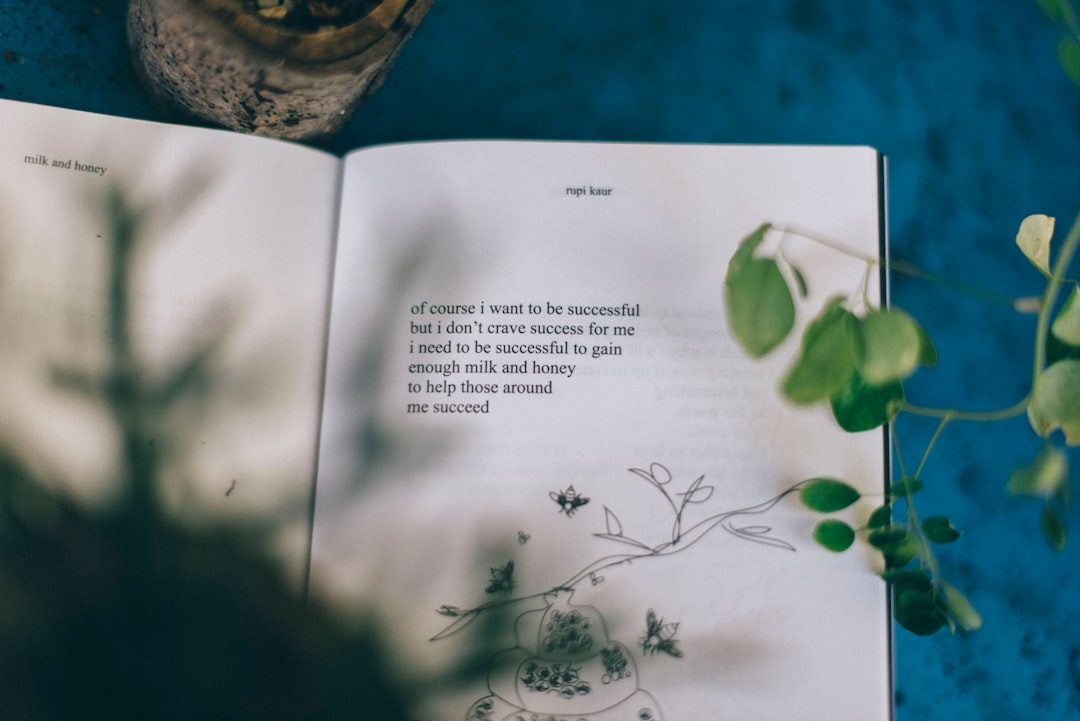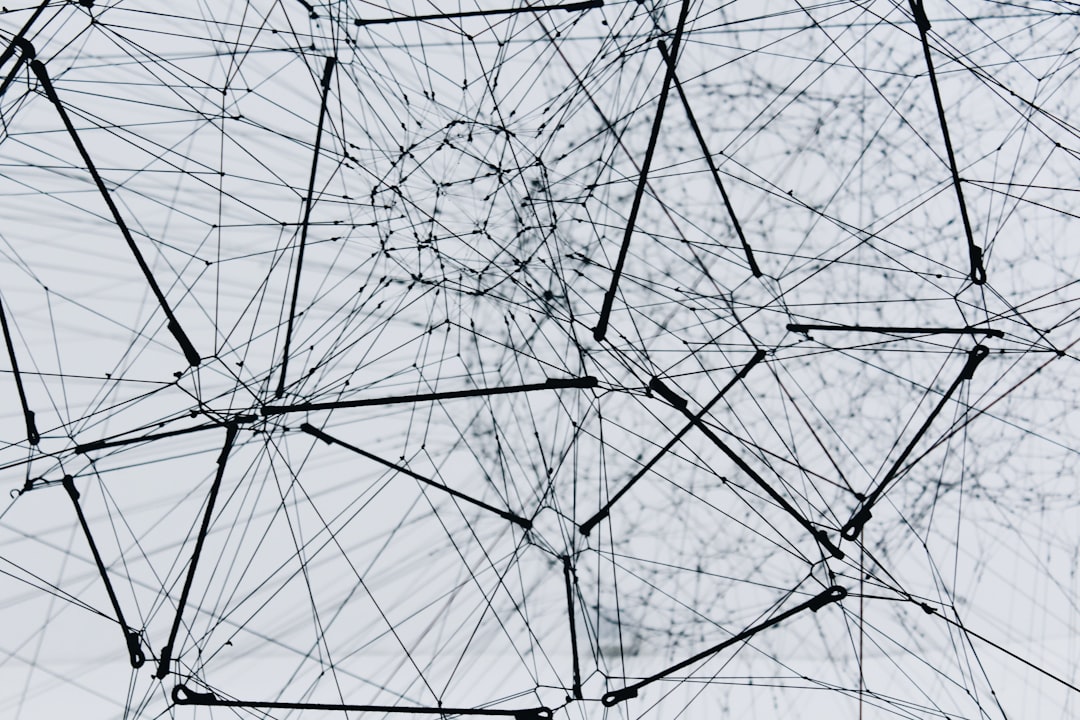What is it about?
This article is a review of a book which began life as a special issue of the journal, Media History: a collection of papers curated by Aasiya Lodhi and Amanda Wrigley presented originally in May 2016 at a one-day conference in the British Library. This interdisciplinary event highlighted radio’s strengths as an art form, both aural and literary, and demonstrated how histories of creative programme-making reflect early BBC politics and production practices. The authors’ contributions take the reader on a kaleidoscopic journey through the development of the BBC’s features department between the 1920s and 1960s.
Featured Image

Photo by Matt Botsford on Unsplash
Why is it important?
After a full century of public service broadcasting, the BBC has been receiving a lot of attention from academics. In particular, of course, radio scholars, since radio dominated the early decades of the corporation's outputs. This review highlights an important collection of work curated to celebrate the interdisciplinarity of the research being undertaken on creative radio to inspire further research and its application to the burgeoning field of podcasting.
Perspectives
My initial research into radio broadcasting was for my MA in the History of Film and Screen Media. For my dissertation, I explored the development of BBC radio features and dramatised documentaries, so being able to get stuck into this kaleidoscopic collection of work on key decades of modernist outputs was a treat!
Dr Josephine F Coleman
Brunel University
Read the Original
This page is a summary of: Radio Modernisms: Features, Cultures and the BBC, Aasiya Lodhi and Amanda Wrigley (eds), Radio Journal International Studies in Broadcast & Audio Media, October 2022, Intellect,
DOI: 10.1386/rjao_00065_5.
You can read the full text:
Contributors
The following have contributed to this page










